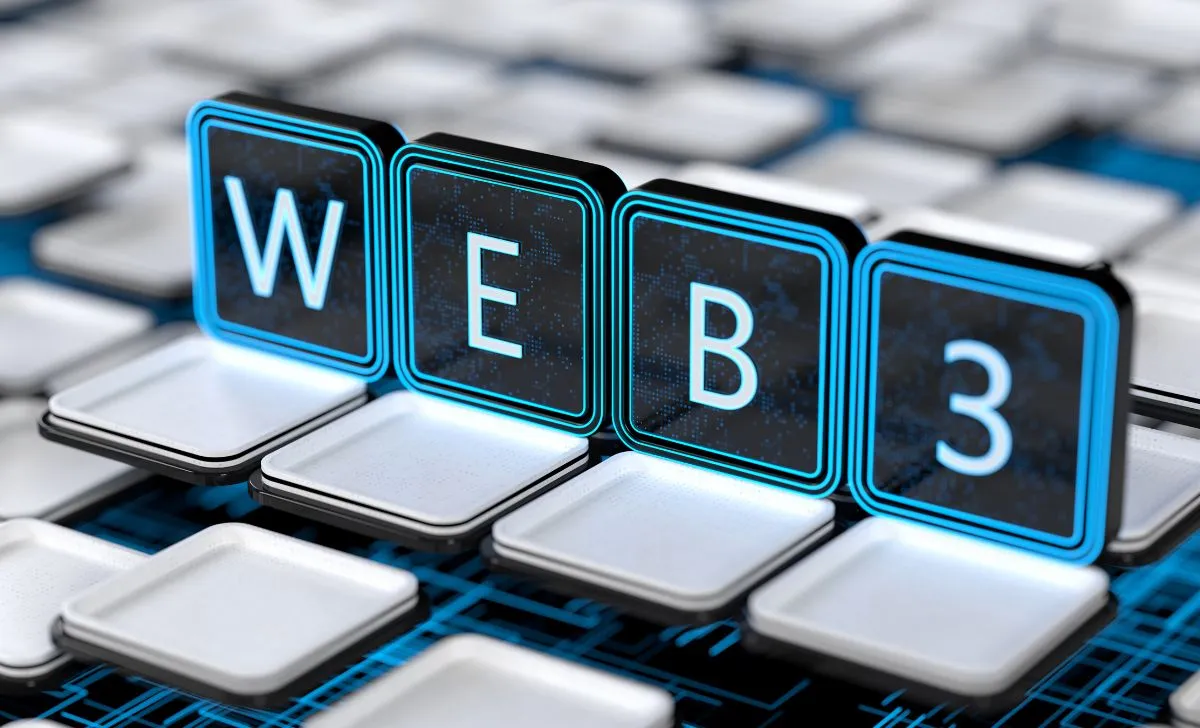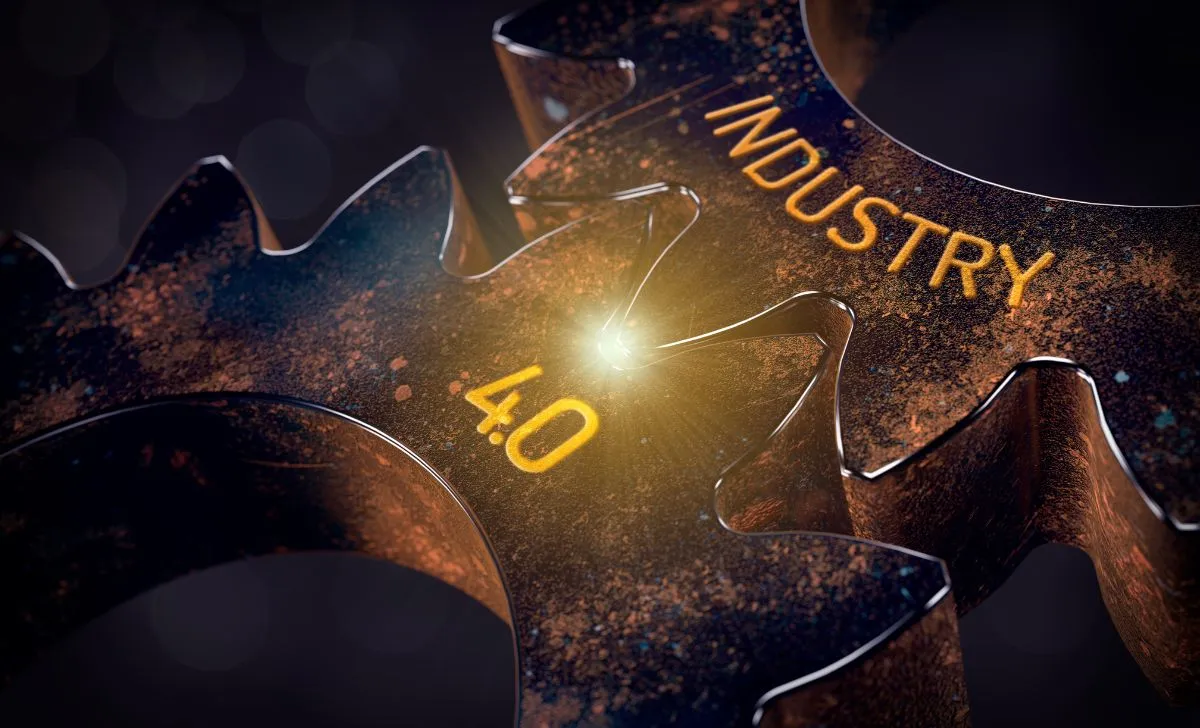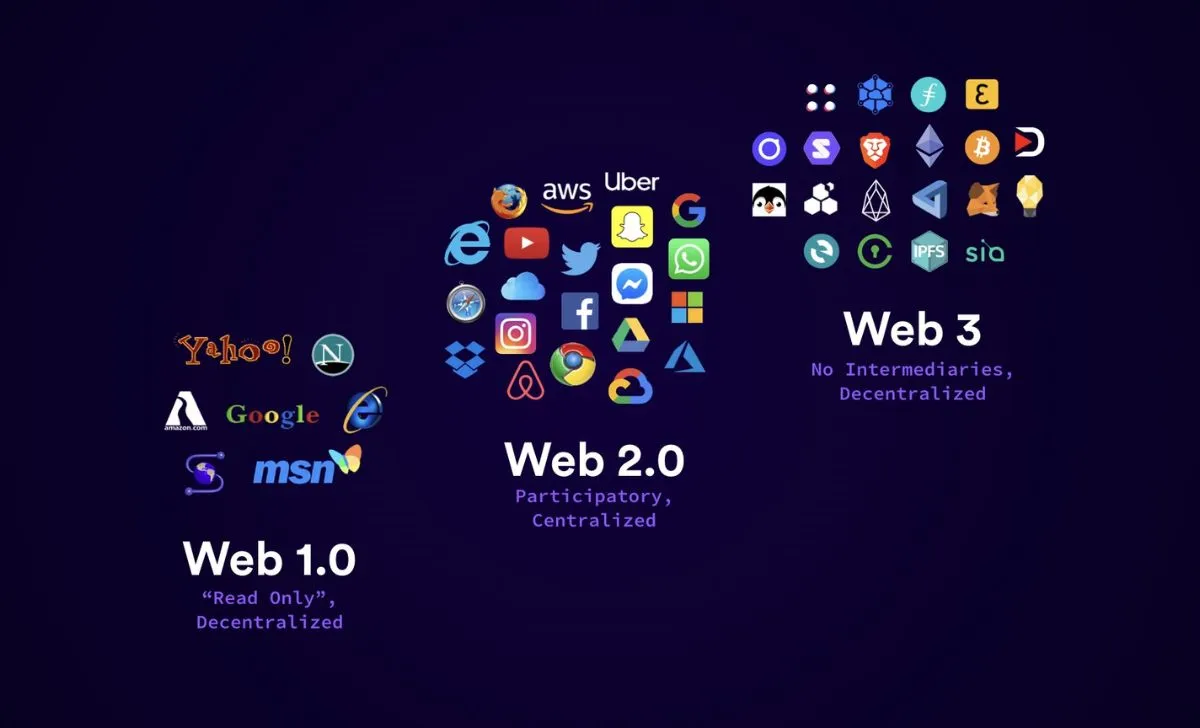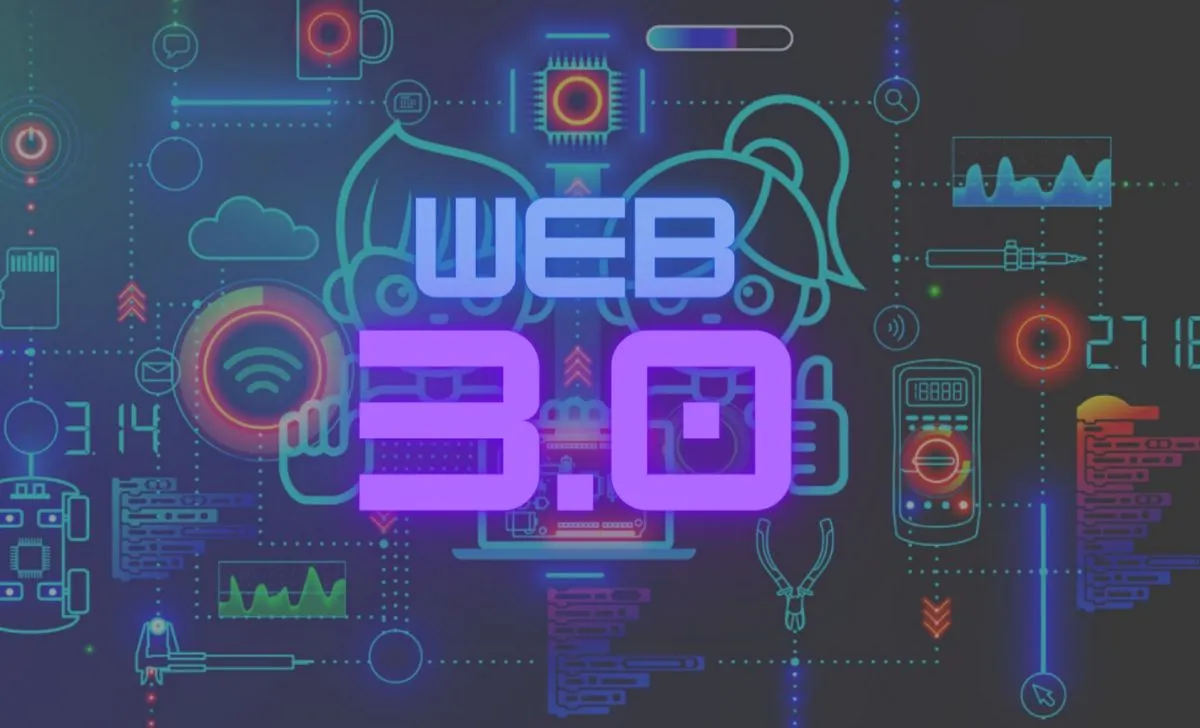What is Web 3.0? Outstanding features of Web 3.0
Have you ever heard of Web 3.0? It's a term that's increasingly mentioned, often likened to the next revolution of the internet. But what exactly is Web 3.0?
What superior features does it bring compared to previous versions? And does it truly change how we use the internet? Let's follow this article to explore Web 3.0 in detail.
What is Web 3.0?

Web 3.0 (Semantic Web) is the third generation of web technology, enhancing internet usage and various services on the web or other applications. It serves as a platform for decentralized applications with advanced features, utilizing technologies such as blockchain and artificial intelligence (AI).
How does Web 3.0 work?

Unlike Web 2.0, where data is centrally stored on servers owned by large tech companies, Web 3.0 uses blockchain technology to store information in a decentralized manner across multiple computers. This creates a system that is secure, transparent and beyond the control of any single third party.
By utilizing blockchain, a system of encrypted and distributed ledger, Web 3.0 enables transactions to be conducted securely and privately. It also ensures that data cannot be altered or deleted, thereby enhancing the reliability of information.
Furthermore, integrating artificial intelligence (AI) and Internet of Things (IoT) into Web 3.0 brings numerous benefits to users. AI allows systems to autonomously learn and improve over time, providing more personalized experience for users. Meanwhile, IoT enables devices to connect and intelligently share information, creating a smarter and more efficient living environment.
Outstanding features of Web 3.0

Web 3.0 offers several superior features compared to previous versions, including:
Decentralization
Web 3.0 aims for a decentralized internet where users control their data instead of large tech companies. This empowers users with reliable and secure management and ownership of their personal data.
By eliminating reliance on large companies for data storage and management, it reduces the risks of personal information exposure and third-party control.
Scalability
With blockchain technology, Web 3.0 allows for flexible resource scaling and connectivity. This means there are no longer limits on data volume or the number of users within a network, creating a more flexible and efficient system.
Security and Privacy
In Web 3.0, data is encrypted and distributed across multiple computers, ensuring safety and privacy for users. Transactions are also conducted securely and privately, preventing impersonation and data breaches.
Integration of AI and IoT
Integrating artificial intelligence and IoT in Web 3.0 brings significant benefits to users. AI enhances user experience and provides more personalized recommendations, while IoT creates a smarter living environment.
Challenges and opportunities of Web 3.0
While Web 3.0 brings many benefits to users, it also presents numerous challenges for businesses and the technology industry. The transition from Web 2.0 to Web 3.0 requires a shift in mindset, approach, and skills for businesses.
Building and deploying Web 3.0 applications also demands integration across technologies, thereby creating innovative products and widely applicable services.
However, the shift to Web 3.0 also brings many opportunities for businesses. Companies at the forefront of adopting these new technologies will have an advantage in creating pioneering products and services, while enhancing trust and attracting customers.
See more:
🌎 https://azcoin.org/what-is-floki/
Web 3.0 application

Web 3.0 can be applied across various fields, including:
Education
In education, Web 3.0 enhances interaction and personalization for students in online learning. Integration of artificial intelligence and big data provides personalized feedback and delivers learning resources tailored to individual needs. Online learning applications become smarter, enabling students to access knowledge efficiently and flexibly.
Healthcare
In healthcare, Web 3.0 can be applied to manage electronic health records, monitor personal health, and provide smart healthcare services. Combining artificial intelligence and IoT improves disease diagnosis, treatment monitoring, and personal health management effectively.
E-commerce
In e-commerce, Web 3.0 enhances online shopping experiences through personalized product recommendations, detailed and trustworthy product information, and optimized payment and delivery processes. Blockchain along with Big Data enhances security and transparency in online transactions.
Finance
In finance and banking, Web 3.0 opens opportunities for developing digital financial services including mobile payments, online lending, smart investing, and personal financial management. The integration of blockchain and artificial intelligence enhances security and efficiency in financial transactions.
Conclusion
Hope you have a better understanding of Web 3.0 and its outstanding features. In 2024, Web 3.0 continues to lead with leading cryptocurrency trading platforms such as "best crypto exchange 2024", opening up new prospects for the future of the internet.